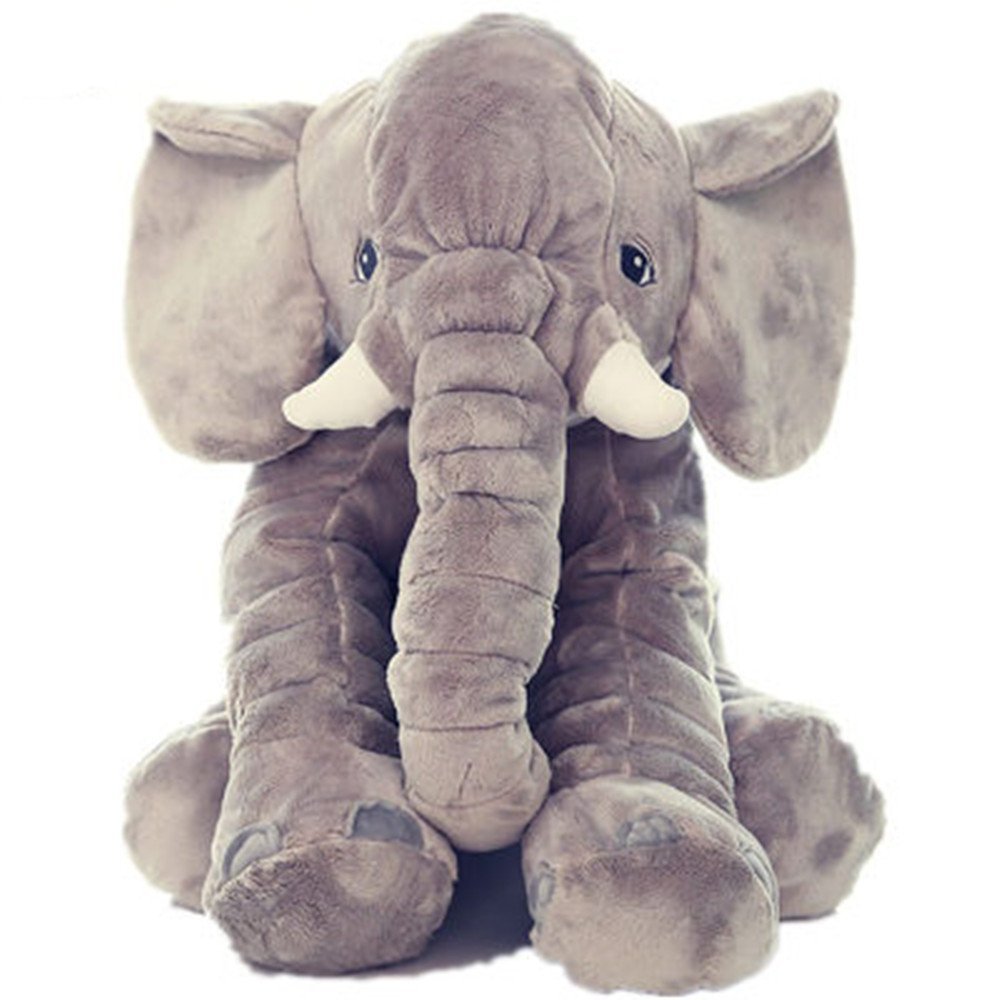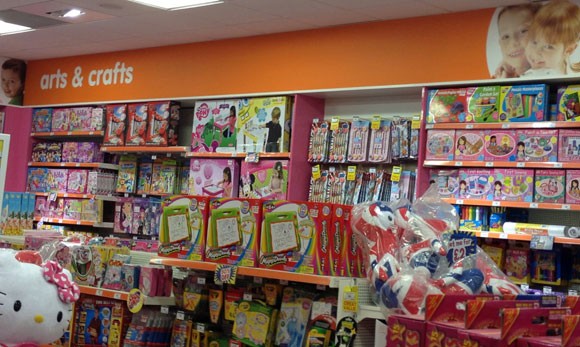Safety of children should be the primary concern of every parent when buying toys. World Against Toys Causing Harm, Inc, (W.A.T.C.H) recently revealed a list of ten toys representative of playthings that should not be in the hands of any child. Government surveys showed that there had been at least 19 toys with safety defects recalled in the United States. These statistics clearly reflect the shortcomings of the current standards.
W.A.T.C.H is now calling upon every parent or guardian to be extra vigilant when buying toys for their young ones. Poor manufacturing and marketing practices and faulty designs are often believed to be the reasons for dangerous toys entering the streams of commerce.
In the 44th Annual Report, Joan E Siff, President of W.A.T.C.H., and James A. Swartz, Director of W.A.T.C.H. and Managing Attorney at Swartz & Swartz, P.C.,, demonstrated the various toy hazards in the market today, using examples of toys to teach parents and caregivers about how to find hazards. Read on to learn more about these efforts.
CONFLICTING AGE RECOMMENDATIONS AND WARNINGS
Leaving out or providing conflicting safety information is a hazard when purchasing a toy since the decision that goes into the purchase is a misinformed one. Some of the warnings indicated on toys fail to put consider children’s playing habits, and are not practical given the realities of children’s play habits.
One item that was on the list featuring the ten hazardous toys is a plush pillow in the form a stuffed elephant. This toy is sold without a suffocation hazard warning for little babies. Without such a warning, not many parents can know of the imminent suffocation hazard for their infants which the toy industry and government agencies have known about for years..
Other representative items featured on the list either omitted potential dangers or lacked proper age recommendations. It is imperative that parents thoroughly inspect toys and toy packaging before handing items over to their babies and small children.
SAFE DESIGN AND MANUFACTURE
The safe designing and manufacturing of toys continues to be the best way to avoid injuries to our children. Although recalls are an important safety measure, they are reactive rather than proactive. Why should dangerous toys reach the hands of an unsuspecting child in the first place?
As a matter of fact, many consumers never receive toy recall notices. In most cases, these recalled toys end up putting children in harm’s way by remaining in homes, schools, and other play environments. This is a clear result of substandard toy design, manufacture, marketing and testing. You might be surprised to learn that some toys that are in compliance with current minimum industry standards have nevertheless been found to be hazardous. Existing standards are a starting point for safety – manufacturers and retailers should use such standards as a starting point, and ensure that the safest products possible are in the hands of our children.
It is time that the burden of discovering often hidden hazards is lifted from parents. Manufacturers and retailers should take necessary steps to prevent hazardous toys from reaching consumers.
AT PARENTS SHOULD DO
While the manufacture and sale of potentially hazardous toys persists, parents must be aware of what their child plays with, as such knowledge could save a life or prevent serious injury. Do not think assume that just because a toy comes from a renowned brand, or because you bought it from a familiar retailer, that it is necessarily safe.
Therefore, inspect every toy you purchase for your home, and as gifts. Additionally, keep your little ones away from defective or recalled toys by becoming acquainted with as many potential toy hazards as possible.
Some of the toy dangers that keep recurring every year include long strings, small parts, projectiles, rigid materials, toxic substances and inaccurate warnings, among others.
W.A.T.C.H IS WATCHING
W.A.T.C.H and its founders have been advocating for awareness about dangerous toys for the past four decades, hoping to help reduce childhood injuries. However, the number of hazardous toys on shelves, online and in catalogs is still worrying. Considering that the toy industry contributes a whopping $22 billion to the economy, toy safety should not be an afterthought.
Statistics show that every three minutes a child is treated in a United States emergency room for a toy-related injury. 2014 recorded 251,000 toy-related injuries. Between 2010 and 2014, toy injuries have claimed the lives of 61 children.
One preventable child injury or death is enough to demand that the manufacturing standards are raised and that the regulatory system is fixed. As parents, extreme vigilance should be exercised. Below is the list of ten most dangerous toys of 2016, representing types of hazards in today’s marketplace.
PEPPA PIG’S MUDDY PUDDLES FAMILY
This set of figurines consists of a family of four pigs. One box has a choking hazard warning printed on the front, however the same toy is sold without warnings to children as young as two-years-old (oral-age children).
KIDS TIME BABY CHILDREN’S ELEPHANT PILLOW

Since 2015, 10 infant deaths have been reported in the Fisher-Price Rock ‘n Play,
Need Help?
If you or someone you know, needs help from a lawyer, contact the law offices of Swartz & Swartz, use our live chat, or send us a message using the form below and we’ll get in touch to assess your case and how we can help.
Keep Reading
Want more? Here are some other blog posts you might be interested in.




